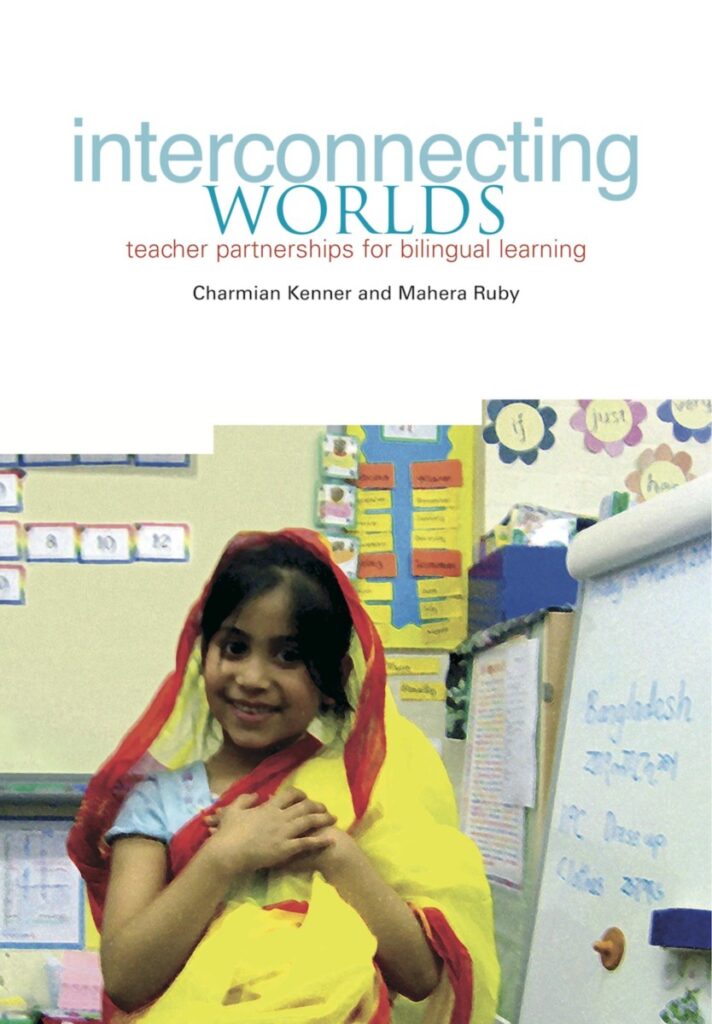PUBLICATIONS And resources
Family Jigsaws: Grandmothers as the missing piece shaping bilingual children’s learner identities
This exciting ethnographic study spotlights the multiple identities of three third-generation British-born Bangladeshi children in London’s East End as they learn with their teachers, mothers and grandmothers.The book reveals for the first time the remarkable ability of young bilingual children to compartmentalize their learning and become flexible learners. It is the first to show how it is children’s interactions with their grandmothers – who often speak no English – that most powerfully enhance and extend their educational and cultural experiences.
Teachers and teacher educators take heed: these new insights have profound implications for policy, classroom practice and pedagogy.


Interconnecting Worlds: Teacher Partnerships for Bilingual Learning
While the complementary schools bilingual children attend after school or at weekends significantly enhance educational achievement, most mainstream teachers are still unaware of their pupils’ other worlds. This results in the children’s bilingual identities remaining hidden or marginalized, and thus underutilized.Based on two innovative action research projects in east London, this inspiring book demonstrates what can be done to change matters and describes how mainstream and complementary teachers can work together as equal partners to: build rapport with pupils; help children become independent learners; create a learning community within the classroom; maximize children’s bilingual resources; and develop a holistic approach to learning.
The first project worked with mainstream teachers to help them discover how central children’s linguistic and cultural knowledge is to their learning. In the second, close working partnerships were formed between teachers from primary schools and those from Bengali, Somali or Russian schools. And when the children’s worlds are thus interconnected, their learning thrives.
Interconnecting Worlds tells an important story to teachers, teacher educators, policymakers and all who are studying and researching bilingual learning internationally. Each chapter includes ideas for new ways forward in school policy and classroom practice.
